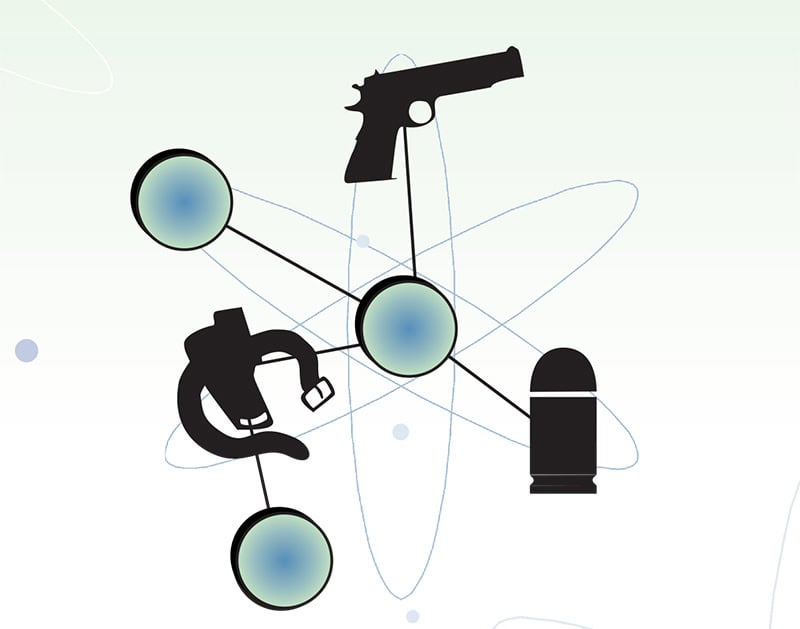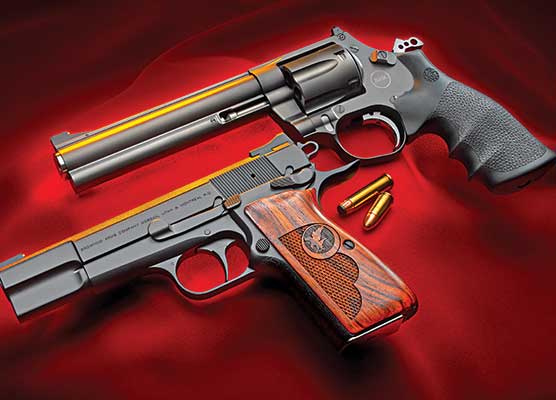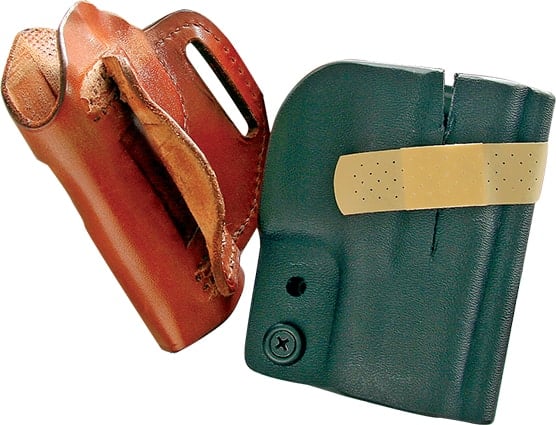Elements Of Concealed Carry
There seems to always be an interest in the “magic” of carrying a concealed handgun. I’m not going to address the type of handgun you might carry, as that’s a much larger can of worms and I’ve no interest in opening it at this time. I do wish to address four basic elements of concealed carry so you might best judge how they fit your own situation. The elements are part and parcel to one other and each piece fits the other much like the pieces of a child’s wooden puzzle. If all the pieces fit, the results can be highly beneficial. If they don’t, you can be simply uncomfortable — or simply dead.
Concealment
Concealment works in opposition to speed of access and the comfort of your method of carry. Good concealment is necessary to create the low profile signature required of the situation. Many states mandate the handgun carried be truly concealed — with no option of “showing” or “printing” possible. To do so draws unwanted attention and corresponding trouble like a magnet.
How concealed your handgun is may depend on what line of work you’re in. There’s always a possibility the gun is so well concealed you can’t get at it, which is probably a bad idea. In concealing, remember your exterior clothing choices are as important as the type of holster you use. Your clothing must cover the presence of the handgun to be effective. A properly concealed handgun often provides an element of surprise to your opponent, all of which is slanted in your favor should you choose — or have to — defend yourself.
Comfort
Comfortable carry of a handgun often works in opposition to concealment and speed of access. Comfort may not be important to your task at hand but then again, if your choice of carry is more comfortable you will probably carry the gun more often. Regardless of your carry method, there will probably be some measure of discomfort. Learn to work with it as best you can.
Handgun selection is very important to the comfort element. A handgun that’s lightweight and flat may be comfortable, but be guarded to not sacrifice effectiveness for pure comfort. Remember: For carrying, none are too small — for fighting, none are too big. The degree of comfort should be judged from possible positions you may find yourself in, like standing, walking, sitting in the car, driving and seatbelt dismounts. Holster and belt design and compatibility are critical. In carrying a handgun for personal defense, remember they are not supposed to be comfortable — they are supposed to be comforting!
Speed
Speed of the draw or speed of access usually works in opposition to concealment or security of the handgun. Belt holsters worn on the range for practice are easy to access, but there is often a lack of concealment or security. The concept of a handgun is usually based on the premise it will be “at-hand” to respond to unexpected threats. This means you should practice presenting the handgun to the threat with all possible speed, from all types of positions. It’s imperative to get this point correctly. You should practice drawing smoothly, all the time, from all positions. A smooth presentation is better than a fast — and often bobbled — draw stroke.
Speed of access while being concealed, yet comfortable enough to carry 24/7, is a function of holster design. While in the speed mode, consider your method of loading, reloading and continuity of fire. Without exception, you should be able to draw and re-holster with one hand, preferably either hand.
Security
Security is the last piece of the puzzle. Security works in opposition to speed of draw. The more secure the handgun is, the harder it is to gain access to it under threat. Security is also mechanical, as in the ability of the holster to retain the handgun while in foot pursuits or physical struggles. It’s imperative you be aware a very large percentage of people who lose their handguns in struggles are often shot by those same handguns. Don’t lose your handgun in a fight.
You can run your method of carry past these four elements to see how it measures up. Personal tactics are vital to your security. How you approach someone, how you let them approach you and your awareness of your surroundings are all part of this CCW puzzle. Check the pieces and see how they work for you.

Get More Carry Options content!
Sign up for the newsletter here:






